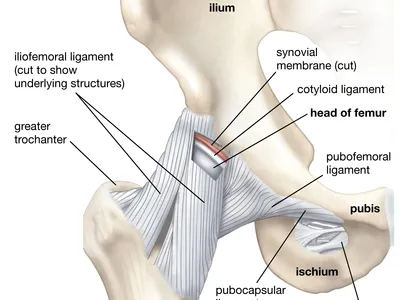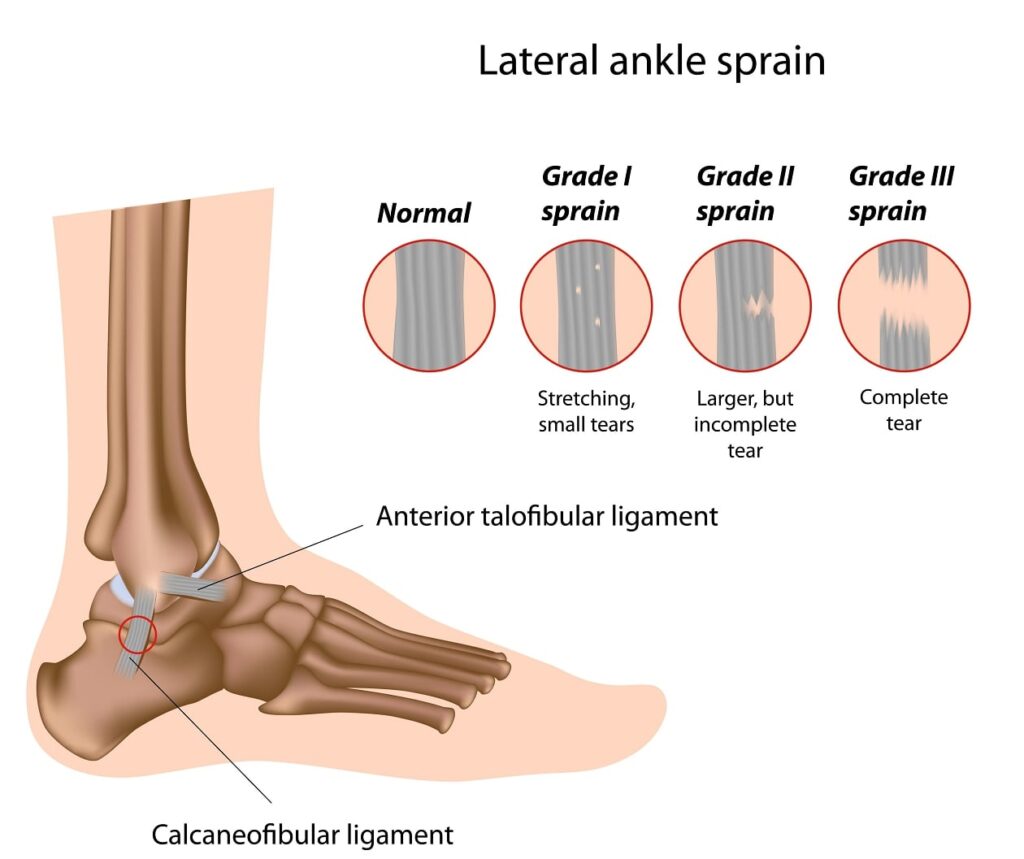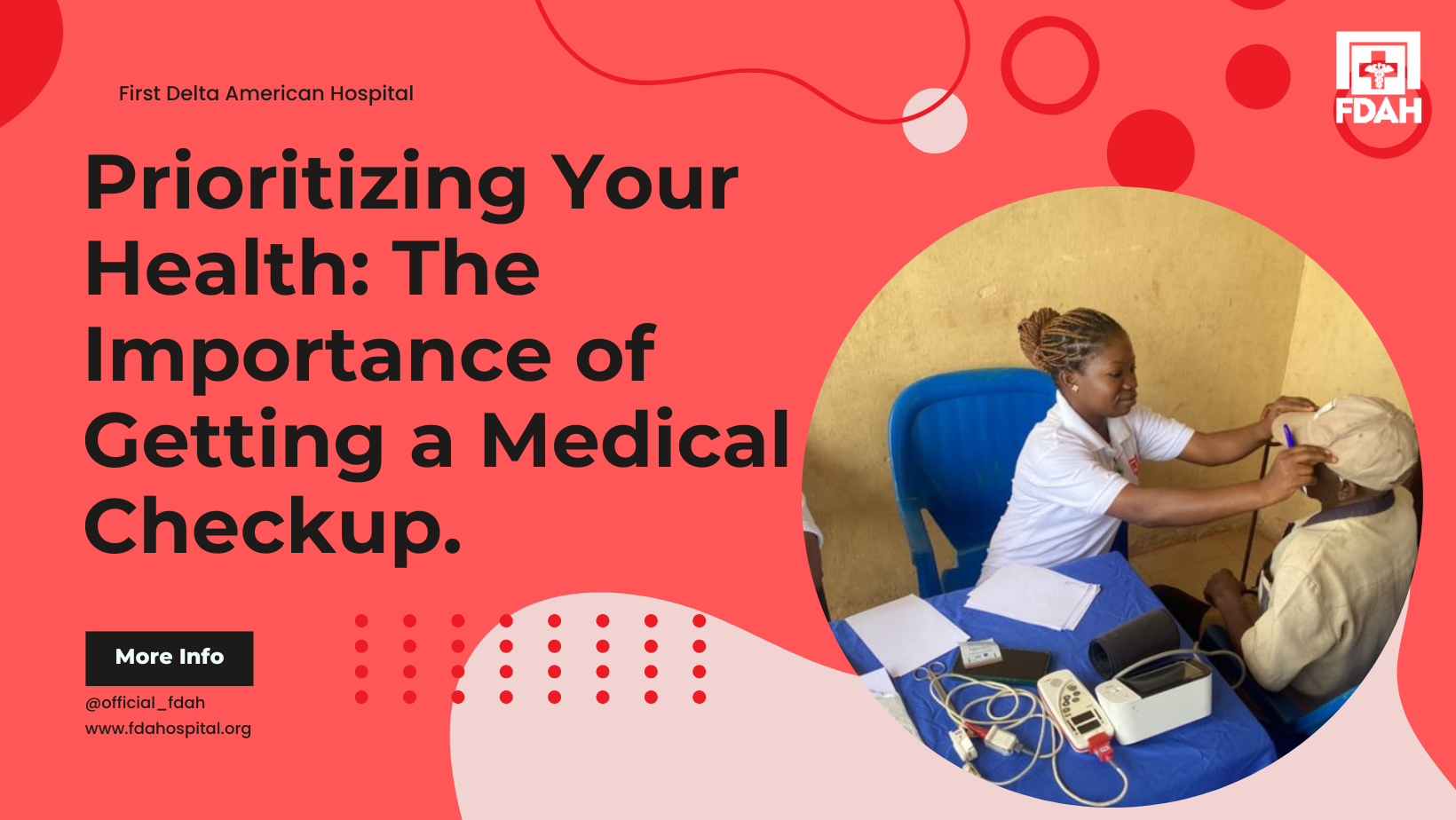Hi there! We’re starting a new series where we look at various parts of the body, what those body parts are and how to take care of them. Today we start with ligaments, one of the most important tissues in the body, especially for athletes. Let’s get into it!
First of all, what are ligaments?
Ligaments are tough, fibrous connective tissues that attaches various organs and body parts, and usually serve to hold structures together and keep them stable. A ligament is composed of dense fibrous bundles of collagenous fibres and spindle-shaped cells known as fibrocytes, with little ground substance (a gel-like component of the various connective tissues). Some ligaments are rich in collagenous fibres, which are sturdy and inelastic, while others are rich in elastic fibres, which are quite tough even though they allow elastic movement. Ligaments are important to allow certain ranges of movement, or in other cases to limit certain movements, and make sure you move properly.

Did you know that the human body has more than 900 ligaments that help connect bones, joints and organs and hold them in place?
Functions of Ligaments
Ligaments have several important functions that help you move properly. They:
- Allow the joint to move in the direction(s) it was meant to move.
- Hold bones together.
- Make sure that joints don’t twist in the wrong directions.
- Stabilize muscles and bones.
- Strengthen joints.
- Prevent bones from dislocating.
A good example of this would be the ligaments in your knee, which stop your knee joint from moving sideways or backwards.
Possible Ligament Injuries
Majority of all ligament injuries will occur as some degree of tear or excess stretch. These injuries are classified into 3 categories, Grade 1, Grade 2 and Grade 3, with Grade 1 as the least serious, usually involving a strain or a minor tear in the ligament. With a grade 1 strain, you’ll have minimal pain, swelling and bruising. You won’t have much trouble putting weight on that part of the body or using it. Grade 2 usually is a partial tear of the ligament. Signs include bruising, swelling, some pain and some difficulty using the body part or putting weight on it. Grade 3 means a complete rupture of the concerned ligament. It causes severe bruising, swelling and pain. With a grade 3 sprain, you cannot use or put weight on that part of the body. Grades 1 and 2 do not typically require surgery to make a full recovery.

To properly deduce the severity of the injury, the doctor will usually ask for your symptoms, and possibly examine the affected area for some of the common symptoms such as swelling, pain and bruising. After this, the doctor usually suggests an MRI scan to see the severity of the issue, and an X-ray to rule out any injuries to the bones in the surrounding area.
Ligament Recovery and Treatment
For most grade 1 and 2 injuries, the most typical treatment is the RICE method (Rest, Ice, Compression and Elevation). Some doctors will also prescribe painkillers to reduce the pain in the affected region. Depending on the severity, you might also need to immobilize the concerned region. This includes using devices such as crutches, a walking stick, a sling or a brace. Physical therapy might also be recommended to strengthen the affected ligaments after a certain period of time. In grade 3 cases, surgery may be required.
Another thing to know is the timeline for recovery. Each injury is different and should be treated on its own properties, but there are general timeframes for each grade of injury. Grade 1 injuries usually have a timeline from a few days to 4 weeks. Grade 2 injuries span between 2 weeks to 6 months, and Grade 3 injuries last anywhere from a month to more than a year. Consult your doctor frequently for a clear idea on your personal recovery timeline.
How To Prevent Ligament Injuries
Not all ligament injuries can be prevented, but you can take steps to keep your ligaments safer, especially during exercise:
- Maintain a healthy weight.
- Mix up your exercise routine, combining weight training and aerobic activities (cardio).
- Rest for a day after intense exercise.
- Stop exercising if you feel overtired or experience pain.
- Warm up before you exercise, increase intensity gradually, and then stretch afterward.
- Wear shoes that fit well.
Conclusion
Ligaments are an important tissue in the body that help keep your body going. Injuries to ligaments can be very painful, but with the right recovery methods, consultations and exercises, you can make a full recovery. Thank you for reading!




